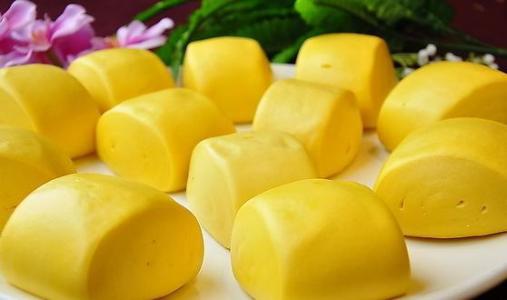
GUANGDONG KELONG BIOTECHNOLOGY CO., LTD.
Add: No.5-17 and No.5-32, South area of Qibao Industry and Trade, Huicheng, Xinhui, Jiangmen, Guangdong, China
Tel:+86-750-6978788
Fax:+86-750-6978868
Wechat: 13828063050
Website: http://revistapescaperu.com
Email: export@kelongbio.com
marketing@kelongbio.com

In Shanghai and other places, it was found that the artificial pigment dyeing cornmeal taro event began to talk about pigmentation. The use of pigments to increase food has been sold in ancient times, but at that time all natural pigments were used, and most of the current food pigment are derived from petroleum extracts. These pigments, as food additives, have little practical effect and even endanger human health, in addition to making food look more attractive. In many countries, such as Denmark, it is forbidden to add any pigment to “basic food” such as bread. The United Kingdom has found that the yellow and yellow of lemon yellow may affect children's mental development and promote the EU's ban.
The addition of pigments to foods has been common in ancient China, but at that time all natural pigments were used. Since 1856, when the British Pakin synthesized the first artificial pigment aniline violet, synthetic pigments began to play a role in improving food pigment. Improving the pigment of food makes it seem more appetizing, and buying desire is not a bad thing, but this synthetic pigment has been found to be a hidden danger in long-term use, some are prohibited, and some are restricted.
In the 1950s and 1960s, artificial synthetic pigments used by humans were extracted from coal tar and are now commonly found in petroleum products. In the process of human use of synthetic pigments, many synthetic pigments have been found to be harmful, such as cream yellow used in the past for the coloration of margarine, which has long been proven to cause liver cancer in humans and animals, while other types of synthetic pigments Such as orange can cause subcutaneous sarcoma, liver cancer, intestinal cancer and malignant lymphoma. According to the former Soviet Union, a long-term animal test on the food pigment of amaranth was carried out in 1968-1970, and the carcinogenic rate was found to be as high as 22%. Researchers in the United States, Britain and other countries have also found that not only amaranth, but also many other synthetic pigments have harmful effects on the human body. Many of the artificial pigment used in the United States today were recognized by the Food and Drug Administration (FDA) in 1931. The use of artificial pigment in children's food is more common. In 1950, many American children became ill after eating Halloween candy containing "Orange No. 1" pigment. More and more medical research also points artificial synthetic pigments to the side induced by ADHD in children. Medical experts believe that synthetic pigments are the "switch" of children with ADHD. Some research results published in the journal of surgical medicine in recent years show that Artificial pigments may even cause behavioral changes in normal children.
The “disabled” public opinion requirements of the US consumer rights organization were rejected by the FDA, which only met the requirement for the manufacturer to indicate the toxic label on the packaging, because FDA scientists believe that this problem, like peanut allergy, does not indicate the pigment itself. toxicity. When the number of synthetic pigments is the highest in the world, there are more than 100 varieties, and there are 27 kinds of synthetic pigments approved in Japan, and 16 of them have been banned. There are only 35 kinds of synthetic pigments allowed in the United States in 1960. Azo-based pigments have long been banned in Sweden, Finland, Norway, India, Denmark, France, etc., and some countries such as Norway have completely banned the use of any chemical synthetic pigments.
In the United States, the management of synthetic pigments is more stringent than other food additives. Currently, only nine synthetic pigments are available in foods in the United States, one of which can only be used on fruit peels. A recent study in the UK found that eating artificial pigment can affect children's mental development. The study said that there are six kinds of artificial pigments that are "comparable to leaded gasoline": sunset yellow, lemon yellow, light red pigment, ponceau red, quinoline yellow and temptation red. Eating too much of these pigments may reduce children's IQ. The study allowed the UK to stick to its position and asked the European Commission to make a final decision prohibiting the use of these artificial pigment.